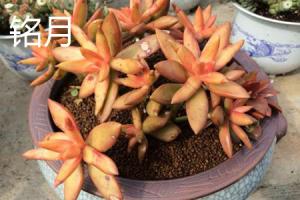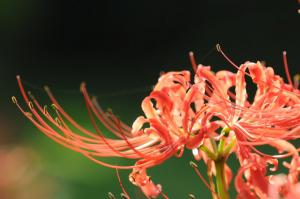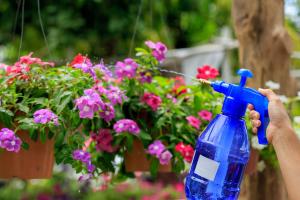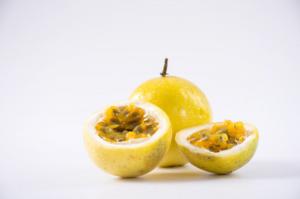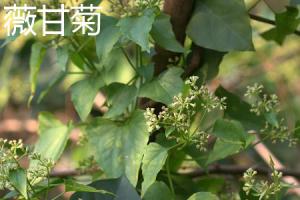How do Plants Purify Air and Water?
Plants play a vital role in our ecosystem, not only by providing oxygen and food, but also by purifying air and water. They have a natural ability to absorb pollutants like carbon dioxide, nitrogen dioxide, sulfur dioxide, and volatile organic compounds from the air and harmful chemicals like nitrates, phosphates, and heavy metals from water, making them cleaner and safer for human and animal consumption.
Air Purification
Plants purify air through a process called phytoremediation. This process involves the uptake and transformation of airborne pollutants into harmless byproducts. The leaves, stems, and roots of plants have tiny openings, known as stomata, through which they absorb carbon dioxide and release oxygen during photosynthesis. In addition, plants absorb other gases and particles from the air through the pores on their leaves and stems. These pollutants are then broken down into nontoxic substances by the plant's enzymes and bacteria in the soil. Some plants, like the peace lily and dracaena, are especially efficient at removing toxic substances like benzene and formaldehyde from the air.
Water Purification
Plants play an important role in keeping our water supply clean and free from pollutants. The process of water purification through plants is called phytodepuration. It involves the use of aquatic plants to absorb and remove harmful substances like nitrates, phosphates, and heavy metals from contaminated water. These substances are then converted into less harmful compounds by the plant's enzymes and bacteria in the soil, which are used by the plant as nutrients. Plants like bulrush and cattail are commonly used in wetlands to remove contaminants from water. This process is not only eco-friendly but also cost-effective compared to traditional water treatment methods.
The Benefits of Plant Purification
The benefits of plant purification are numerous. They not only improve the air and water quality, but also have a positive impact on our mental and physical health. Indoor plants, for example, have been shown to reduce stress, improve productivity, and enhance our mood. They also help purify the air inside our homes, where the air can be five times more polluted than the air outside. Outdoor plants, on the other hand, reduce the amount of pollutants in the air we breathe, which can reduce the risk of respiratory diseases like asthma and lung cancer. In addition, water purification through plants ensures that our water supply is safe for drinking and reduces the risk of waterborne diseases.
Conclusion
Plants are important in maintaining a healthy ecosystem. Their natural ability to absorb pollutants makes them a valuable asset in purifying both air and water. The process of phytoremediation and phytodepuration is a sustainable and cost-effective way to improve our environment while also improving our overall health and well-being. Therefore, it's important to incorporate plants in our daily lives, whether through indoor plants or outdoor gardens, to reap the benefits of plant purification.

 how many times do yo...
how many times do yo... how many planted tre...
how many planted tre... how many pine trees ...
how many pine trees ... how many pecan trees...
how many pecan trees... how many plants comp...
how many plants comp... how many plants can ...
how many plants can ... how many plants and ...
how many plants and ... how many pepper plan...
how many pepper plan...